Blue is one of the seven main colors and occupies the penultimate position in the rainbow. It is often found in the world around us. Many berries, fruits, flowers are blue or have shades of blue.
It is enough to raise your head and look at the sky in clear weather, it will immediately become clear how widespread blue is in nature. To make this color and its shades from paints, you need to have basic knowledge.
Shades of blue
Blue is the ancestor of many other colors: green, purple, brown, and is also one of the main three RGB colors:
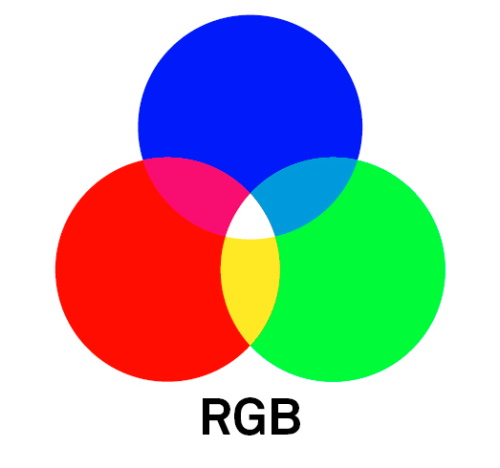
| Transcript | Translation |
| Red | Red |
| Green | Green |
| Blue | Blue |
Blue is a color that is found everywhere. Natural dye can be made from natural objects.
For example, blue paint is obtained from:
- blackberries;
- eggplant;
- plums;
- blueberries.
However, this method of production is very labor-intensive, so it is not very popular. On an industrial scale, blue paint is obtained chemically, using natural salts and metals. For example, cobalt salts and aluminosilicates produce magnificent shades from the lightest to the darkest tones.
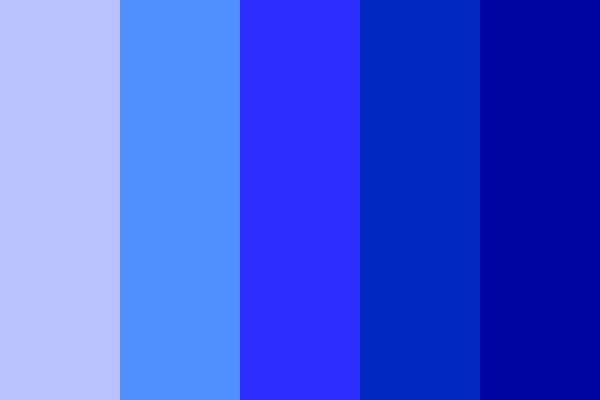
Almost all paints sold in stores were obtained chemically. Like any other of the seven primary colors, blue has a huge variety of shades. Our eyes can distinguish hundreds and thousands of colors close to blue.
The main shades found in paints include:
- ultramarine;
- blue;
- cobalt blue;
- azure;
- blue spectral;
- cornflower blue is an unusual shade of blue that gets its name from the flowers whose petals are this color;
- indigo - if the color contains a little dark blue and a little purple. It was also named after the plant. However, unlike cornflowers, it is not found in our country. Indigo grows in India.
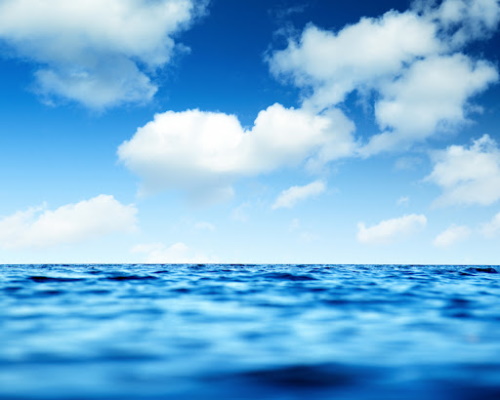
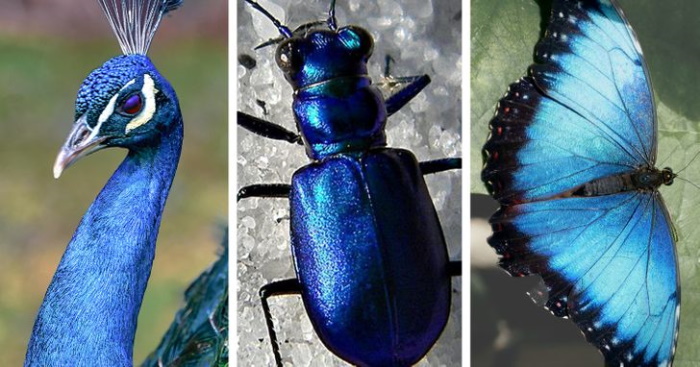
There are about 200 shades of blue in nature.
Its tones can be seen in:
- sea water;
- twilight;
- in the moonlight.
They are also present in many insects. Our eyes perceive any wave length from 440 nm to 500 nm as blue. Anything less than 440 nm is violet, and anything more than 500 nm is green.
There are also many variations of these shades from the lightest to the darkest. Such paints help to create a wide palette: it is enough just to add other colors.

Important colors are included in the "color wheel". This is the name of a model divided into sectors. They exist in an order that is close to the visible light spectrum. Shades that are adjacent to each other are called chromatic. When they are mixed, new chromatic tones are obtained.
If you mix shades that are located far from each other on the “color wheel,” you will get an achromatic color (not colored, but grayish).
Paints
Blue is one of the 3 main colors, it is almost impossible to create it at home. However, it is possible to create many shades of blue. If you have blue and other paints on hand, making different shades of it will not be a difficult task. It is enough to mix the classic color with other pigments, and the desired result will be achieved.
You should start by purchasing materials. It can be any paint that is commonly used in painting. To get the perfect color, you need to make sure that all the components used have identical chemical composition. Otherwise, there will be stratification and poorly mixed streaks.
It is important to pay attention to the quality of the paints. If they are not very good, they will soon begin to lose their brightness, become faded, dark, gray.
You should also try not to overdo it with the amount of paint used. If there are too many paints, the resulting mixture may start to fade and peel off.
Gouache
In regular gouache sets, blue is represented by the ultramarine shade. It is bright, but at the same time quite dark. It contains violet tones.
The main rule that you should never forget: to lighten a tone, you need to add white paint, to darken it, you need to add black paint.; in this case, different colors are used to change the reflection of the paint.
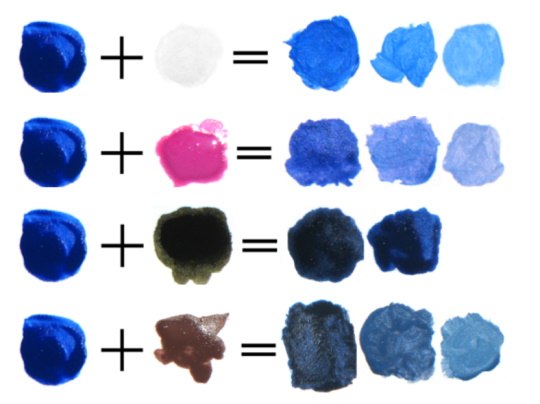
It is very easy to make blue. To do this, just take gouache of any shade of blue and add white in the ratio: 3 to 1. If the resulting blue color does not seem light enough, you can increase the amount of white paint added. This way you can get sky blue or pastel blue.
Watercolor
It is also possible to make blue from watercolor paints, as well as from gouache. For example, if you do not want to lighten, but, on the contrary, darken the blue color, it is enough to add black paint to the main color.
However, there shouldn’t be too much of it (maximum 25%). Obtaining such a shade is necessary in the case when it is necessary to draw a more calm coloring, if initially it is too bright.
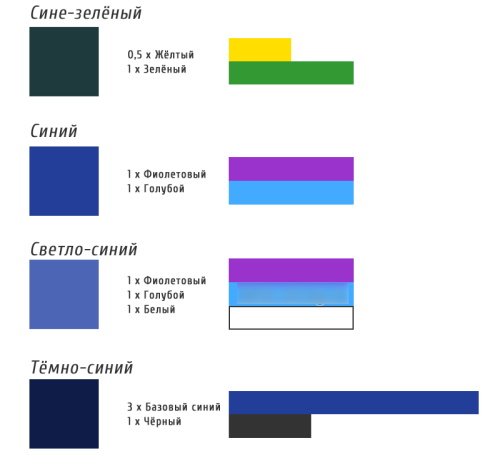
For example, if you need to create:
- cornflower blue, you will need purple and blue paint, as well as a little brown and black;
- dark turquoise shade, you should add a few drops of yellow and green to the blue color;
- Wedgwood tone, you need to add a few drops of black and white paint to the blue color.
Acrylic
In acrylic paints, the main blue color is also ultramarine. You can get different shades of it, lighten it or darken it, using the same principles that were described above. Often, for painting pictures, a blue-gray shade is required, which is typical for cloudy weather.
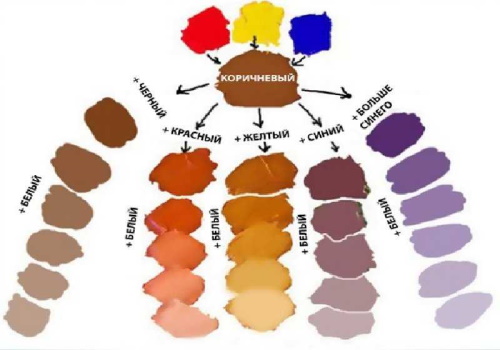
This is how the cloudy sky and water on a rainy day appear to the eye. To obtain this tone, it is necessary to add a small amount of brown to the main blue. If the resulting shade seems too dark, it will be necessary to add white paint to it until it is lightened to the desired degree.
To get a blue-gray shade, you should mix basic blue with orange.Among the shades of blue, the color "Royal" has become widely known. In other words, it is "royal blue". This shade is cold, close to classic blue.
You can make blue from royal blue paints by adding a drop of black and a little green to ultramarine.
Oily
Oil paints are susceptible to change, so it is recommended to first do the work on a small area, and after a few days evaluate the resulting effect. Rich shades can be purchased in pure form.
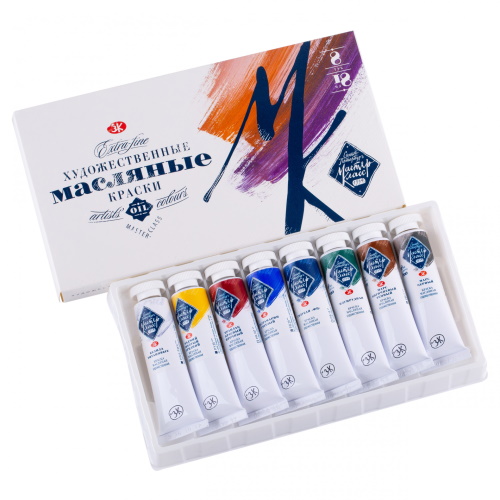
For example, in oil paints produced by the company "Master Class", this can be:
- cobalt blue;
- indigo;
- ultramarine.
Tempera
Tempera paints are paints that were created using emulsion binders.

Each type of emulsion includes 3 components:
- water;
- various adhesives;
- oil.
These paints are quite fragile, so a canvas with a hard base is best suited for them. One of the main distinguishing features of tempera paints is their high drying speed. It is enough to wait a few hours so that you can paint again on the dried layer.
In addition, tempera is well resistant to the effects of various negative factors, such as water and ambient air temperature.
Blue color can be represented by natural or artificial ultramarine, as well as:
- cobalt;
- mountain azure;
- Indian azure;
- indigo.
These are the colors that should be used to obtain other shades of blue.
Mascara
Drawing ink is a suspension based on finely dispersed soot particles.
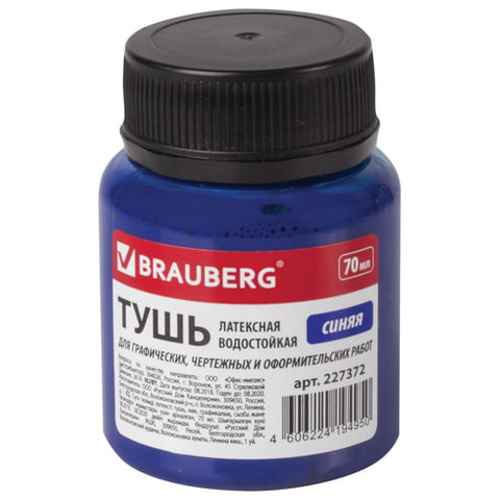
Another element is a binder, which is usually:
- gelatin;
- casein;
- various resins.
Quality mascara has a rich black color that cannot be washed off with water after it dries. Classic mascara is black. Colored mascara is a liquid paint that has the properties of classic mascara. It does not contain soot, instead it contains a coloring agent of one color or another (usually green, blue, red).
Colored ink opens up wide possibilities for creative experiments. For drawing with ink, a synthetic brush is best suited, which is more elastic. After the work is completed, the brush should be washed and soaked in warm water.
Pastel
You can make blue from paints using pastels, the main advantage of which is ease of use. At the same time, oil pastels have fewer colors than dry ones.
It is important to learn how to mix colors correctly to create new shades., especially in cases where the artist has a desire for realism and needs “that very shade” that will turn the drawing into a real masterpiece.
A person who has a few colors of pastel paint and some knowledge of color theory, the following shade options may be obtained:
- White chalk can be used to lighten any color;
- if, on the contrary, it is necessary to darken, then the artist should have a black chalk in his hands;
- You can achieve muting with gray chalk. Be careful with black. It might be better to take an adjacent dark shade;
- If you mix blue and violet pastels, you get ultramarine violet.

Some results of mixing pastel paints may surprise you. For example, if you mix blue sapphire and orange, you will get a green-turquoise shade. You can mix oil pastels with your fingers. In this case, the color will be more uniform. You can also mix with the crayons themselves.
As a rule, one color is "mixed" into another, performing circular movements. But this method is more suitable for pastels, which are distinguished by their hardness. It is not recommended to mix more than 3 colors to avoid an indistinct, dirty color. Any mixing method should be based on the use of a color wheel.
Plasticine
Shades of blue can be created not only from paint, but also from pieces of plasticine. In this case, you will also need the main color (blue) and other pieces of plasticine, which will act as pigments.
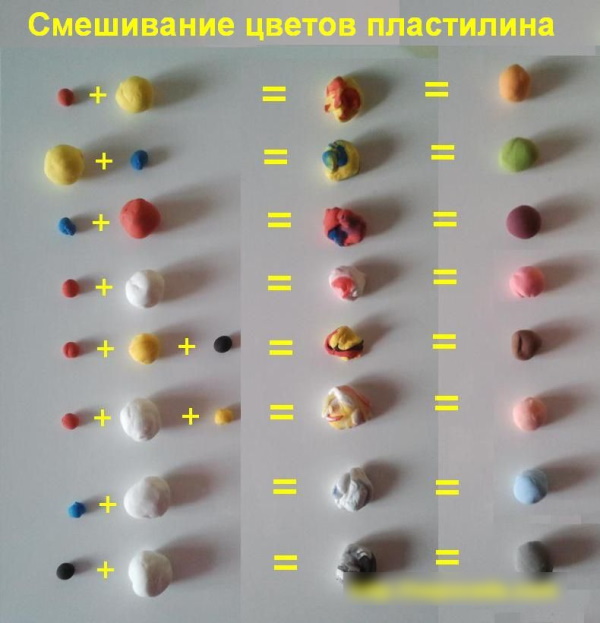
For example, a mixture that consists of:
- 80% blue plasticine and 20% purple;
- 80% blue plasticine and 20% dark brown;
- 90% blue plasticine and 10% black.
However, it is worth keeping in mind that the desired shade should be selected through experiments carried out on small pieces of plasticine.
It is not recommended to experiment to make blue from colors that have nothing to do with it. For example, yellow has nothing to do with it, but a huge number of shades of blue can be obtained. To do this, it is enough to imagine how colors are mixed and to be in a state of inspiration.
Video about getting color
How to make blue color:
